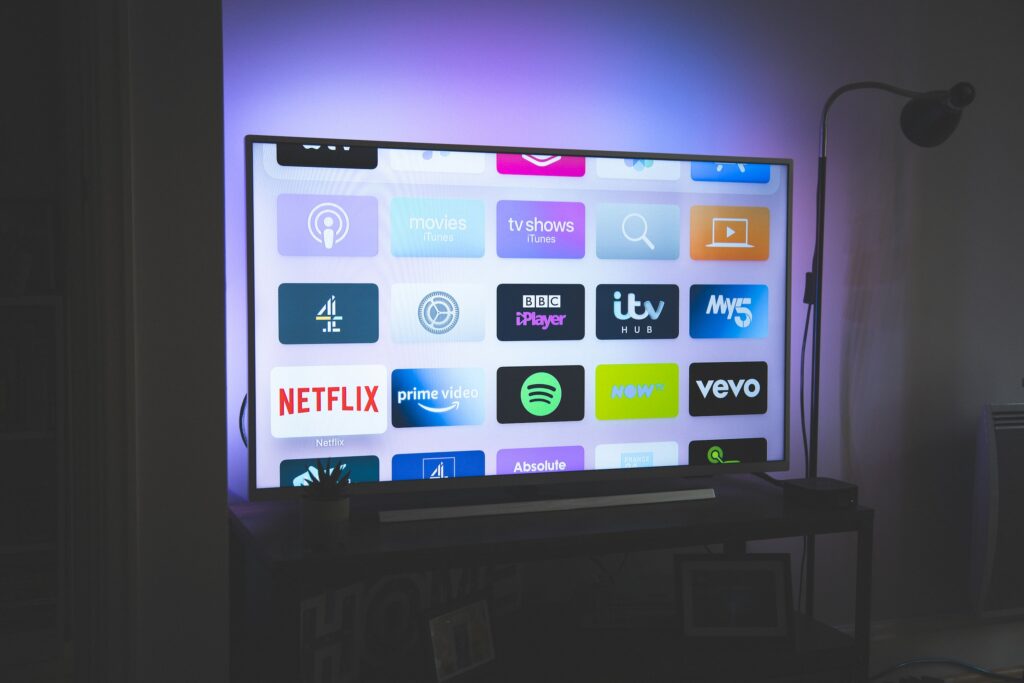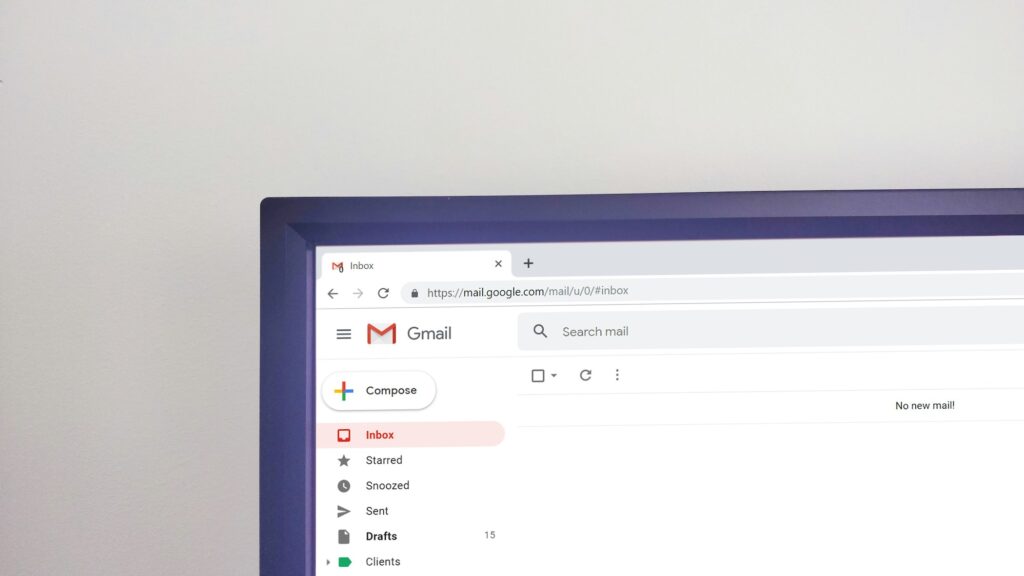Online marketing is a dog-eat-dog world. Only the tough survive in the competitive market of digital advertising. Therefore, it requires innovative strategy and precise implementation to successfully meet the end goal: sales.
However, the online marketing world is continually changing and evolving with new methods and tactics that shift the effectiveness of former strategies. What is working today might not work tomorrow. This is being said to encourage out-of-the-box thinking. Today’s consumers are constantly seeking more entertainment and engagement from marketing materials and ads. This translates into businesses needing dynamic marketing strategies that prioritize the consumer experience, compared to just pushing their product or service.
This article explores the digital marketing strategies you need to push sales and grow your business.
Key Pillars of Every Online Strategy
A successful online strategy is not built overnight; it requires careful planning and a structured approach. Every digital marketing campaign or online business initiative must be guided by core elements that provide a framework for achieving specific objectives.
Here are the key pillars of any effective online strategy:
Goal Setting
The foundation of any online strategy is clear, measurable goals. Without defining what success looks like, it’s impossible to track progress or determine whether your efforts are yielding results. Your goals should align with the overall business objectives and be tailored to the digital channels you’re leveraging. This includes setting both macro (long-term) and micro (short-term) goals.
Start by identifying key performance indicators (KPIs) for each campaign. For instance, if your goal is brand awareness, you might track impressions, reach, and social media growth. If you’re focused on lead generation, metrics like conversion rate, cost per lead (CPL), and click-through rate (CTR) become critical. Establish benchmarks based on industry standards or historical data, and make sure your goals follow the SMART framework—Specific, Measurable, Achievable, Relevant, and Time-bound.

Funneling
Creating or analyzing your customer funnel is essential for understanding how potential customers interact with your brand at each stage of their journey. A typical funnel consists of several phases, including awareness, consideration, conversion, and retention. Mapping out this funnel helps you pinpoint the exact steps your audience takes from discovering your brand to becoming a loyal customer, and identify any friction points that may hinder conversions.
To build an effective funnel, start by segmenting your audience based on their pain points, behaviors, and demographics. This allows for targeted messaging at each stage.
- Awareness Stage: Content that educates and grabs attention, such as blog posts, infographics, or social media ads.
- Consideration Stage: More detailed content that positions your brand as a solution to their problems, such as case studies, webinars, or product demos.
- Conversion Stage: Offers or calls-to-action (CTAs) designed to convert leads into customers, such as free trials, discounts, or product landing pages.
- Retention Stage: Efforts focused on keeping customers engaged and encouraging repeat business, like personalized emails, loyalty programs, or satisfaction surveys.
Regularly review and optimize your funnel to ensure it aligns with customer behaviors and market trends.
Personnel
No strategy can be executed without the right team in place. Determining the roles and skills you need to achieve your digital goals is crucial. Depending on the complexity of your online strategy, you might require a diverse team with expertise across different areas of digital marketing and technology.
UX Designer
Focuses on improving user experience by ensuring your website or app is intuitive and user-friendly. A good UX designer enhances engagement and reduces friction, helping customers move through the funnel smoothly.
Content Marketer
Responsible for creating and distributing high-quality content that resonates with your target audience. Whether it’s blogs, videos, or social media posts, content marketers drive brand awareness, engagement, and conversions.
Paid Media Specialist
Manages online advertising campaigns across platforms like Google Ads, Facebook Ads, and programmatic networks. They ensure your paid campaigns are cost-effective and deliver strong ROI by targeting the right audiences with compelling ads.
SEO Specialist
Ensures your website ranks highly in search engine results, driving organic traffic. They analyze keywords, optimize content, and handle technical aspects like site speed and mobile optimization.
It’s essential to align your team with the goals of your strategy. For smaller teams, cross-functional roles may be necessary, while larger enterprises might invest in dedicated specialists.
Planning
Once you have set your goals and assembled the necessary personnel, the next step is meticulous planning. This involves outlining your content strategy, project timelines, resource allocation, and execution phases. A well-crafted plan serves as a roadmap, detailing how and when each part of the strategy will be executed, keeping your team focused and aligned.
Make sure your plan is agile, as digital trends shift quickly. Be ready to pivot or adjust campaigns as you monitor performance.

Content Plan
Outline the types of content you’ll create, when it will be published, and on which platforms. Include SEO research to ensure your content targets the right keywords and resonates with your audience. Assign ownership to specific team members for each piece of content and set deadlines to maintain consistency.
Project Plan
This includes detailed timelines, deliverables, and responsibilities for each phase of the strategy. Use project management tools like Asana, Trello, or Monday.com to track progress and avoid bottlenecks. Build in flexibility to adapt to unexpected challenges or new opportunities.
Overall Strategy
Map out how each tactic—whether it’s content marketing, paid advertising, or email marketing—fits into the broader digital strategy. Ensure cohesion across channels so that your messaging is consistent and supports your ultimate objectives.
Tracking and Analytics
Tracking and analyzing the performance of your online strategy is not just about collecting data—it’s about understanding it and using it to make informed decisions. Analytics tools like Google Analytics, social media insights, and CRM systems offer valuable data on your campaign’s performance, audience behavior, and overall ROI.
- Set Up Proper Tracking: Ensure you have the right tracking mechanisms in place before launching any campaign. This includes setting up Google Analytics, conversion tracking for ads, and event tracking for important actions (e.g., form submissions, video views).
- Monitor Key Metrics: Depending on your goals, track metrics such as traffic sources, bounce rates, time on site, engagement rates, conversion rates, and cost-per-click (CPC). Real-time data allows you to quickly identify what’s working and where adjustments are needed.
- A/B Testing: Regularly test variations of your content, ads, or landing pages to see what resonates best with your audience. A/B testing provides valuable insights into consumer preferences and behaviors, helping you refine your strategy over time.
- Report and Adjust: Analyze data regularly—weekly, monthly, or per campaign—to generate insights that drive future decisions. If certain tactics are underperforming, don’t hesitate to adjust or optimize. Conversely, scale up efforts that are exceeding expectations.
Top Digital Marketing Strategies
The advancements of technology have allowed marketers to create an everyday arsenal of marketing strategies that push forward both the advertising experience, but also the ROI with each tactic. Now, more than ever, marketing strategies can be labeled with a success rate and an exact cost with each business—making marketing just as much about analytics as it is about creatives.
Here are online marketing strategies (broadly) working right now.
1. Programmatic Advertising
Programmatic advertising has quickly risen through the ranks of the marketing world and is now considered the golden child. Programmatic is inventive, intuitive, and flexible. It allows marketers to meet consumers wherever they digitally live.

From streaming services like Hulu to Instagram Feeds to specific website domains like The New York Times—buying ad space that gets in front of your target audience has never been easier. With the ability to act like a filter, programmatic advertising only displays your ads to people who fit your specified consumer profile—thus, in theory, increasing your ROI.
2. Organic Social Media
Instagram reigns king of social media, especially in terms of younger generations. The Facebook-owned platform capitalizes on two important components in today’s marketing environment: photos and video. People LOVE attractive and interesting imagery. It’s almost an addiction that today’s consumer market has. People will follow and engage with brands strictly for their social media presence whether that is for education, entertainment, or enjoyment.

Look, organic social media is a slow burn—success and sales aren’t going to bloom overnight. However, the strategy does possess the “snowball effect” where traction compounds and once growth starts it builds on top of itself. Organic social media channels on Instagram and Facebook can become sizable avenues for lead generation and sales. Organic social media best shines as a leader in brand awareness campaigns and expanding your company reach.
Due to the lack of cost, this marketing strategy produces a high ROI and accomplishes important aspects of any marketing campaign.
3. Video Ads
At this point, it is no secret that video marketing receives the highest rate of engagement of any other type of content marketing. There is something about video that clicks with consumers, whether it is the passive nature of absorbing the information or the enhanced degree of viewer engagement. Video ads can work on nearly any platform, social media, emails, programmatic, etc.

The versatility of this method gives marketers the ability to create ads for the right audiences on the right mediums. Due to the high rate of engagement, video ads see more likes, comments, and shares—leading to more impressions. Video is dynamic and helps move leads through the sales funnels from generation to nurturing to closure.
4. Content Marketing
Content marketing is all about providing value. It focuses on creating and distributing relevant, informative, and engaging content tailored to your target audience. Whether it’s blogs, infographics, eBooks, or white papers, the primary goal of content marketing is to educate, inform, and establish your brand as an authority in its niche. Rather than overtly selling a product, content marketing nurtures relationships with consumers by addressing their pain points and offering solutions.

Content marketing works best when it’s consistent and strategically planned. With the right approach, it attracts organic traffic, builds trust with your audience, and converts them into loyal customers over time. Plus, it integrates well with other strategies like SEO and social media, maximizing your reach and engagement. When executed correctly, content marketing can lead to increased brand recognition, better customer relationships, and a higher ROI.
5. Search Engine Optimization (SEO)
SEO is the backbone of any successful digital marketing strategy. By optimizing your website and content for search engines, you increase your chances of appearing in the top search results when users are looking for products or services like yours. SEO combines various strategies, from on-page optimization (like keyword usage and meta descriptions) to off-page efforts (like backlinks and social signals).

Search engines like Google reward websites that deliver value, have high-quality content, and provide a good user experience. SEO not only helps drive organic traffic to your site but also positions your brand as trustworthy and credible in your industry. While SEO can be a long-term strategy that takes time to build momentum, the results are often lasting, offering a sustainable way to grow your audience and increase conversions over time.
6. Influencer Marketing
Influencer marketing leverages the trust and authority that influencers have built with their audiences. Influencers—whether they are celebrities, bloggers, or niche content creators—have large and engaged followings. By partnering with them, brands can tap into this pre-built trust and reach potential customers in a more authentic, relatable way.

This strategy is especially effective on social media platforms, where influencers often share brand endorsements through product reviews, unboxing videos, or sponsored posts. Influencer marketing has the power to drive immediate sales, build brand awareness, and boost credibility. When done right, it feels less like an ad and more like a personal recommendation. However, it’s essential to choose influencers who align with your brand values and target audience to maximize the impact.
7. Paid Advertising
Paid advertising is one of the fastest ways to get your brand in front of a specific audience. With platforms like Google Ads, Facebook Ads, and LinkedIn Ads, you can create targeted campaigns that reach potential customers based on their demographics, interests, and behaviors. Whether it’s pay-per-click (PPC), display ads, or social media ads, paid advertising ensures your brand gains visibility quickly.

The key benefit of paid advertising is control—you can set specific goals, choose your audience, and monitor results in real-time. This allows for quick adjustments to optimize performance and ROI. Paid advertising can be highly effective for driving conversions, boosting website traffic, and increasing brand awareness. However, without proper management, costs can add up, so it’s important to have a well-defined strategy and budget in place.
8. Email Marketing
Email marketing remains one of the most cost-effective ways to connect with your audience. With an average ROI of $36 for every $1 spent, it’s no wonder that email campaigns continue to be a cornerstone of many marketing strategies. Through personalized messages, email marketing helps nurture leads, promote products, and maintain ongoing relationships with customers.

Segmented and targeted email campaigns can increase open rates, click-through rates, and, ultimately, sales. Whether you’re sending a newsletter, a promotional offer, or an abandoned cart reminder, email marketing is versatile and can be automated for efficiency. It’s an excellent tool for guiding prospects through the buyer’s journey, from initial awareness to post-purchase follow-ups. When executed well, email marketing helps brands stay top-of-mind with consumers, driving engagement and long-term loyalty.
Work with Elevato for Online Marketing
To stay competitive in the fast-evolving digital landscape, businesses need more than just the usual marketing strategies. It requires fresh thinking, a flexible approach, and a deep connection to what your audience really wants. Whether it’s SEO, content marketing, paid ads, or social media, having a well-rounded strategy is key to not only reaching your target audience but also building long-term relationships that drive real results.
At Elevato, we understand the challenges businesses face in the ever-changing digital landscape. Our team is here to create custom marketing strategies that work for your specific goals and help you stand out. Let’s work together to take your digital marketing to the next level. Contact us today and see how Elevato can help your business grow.
